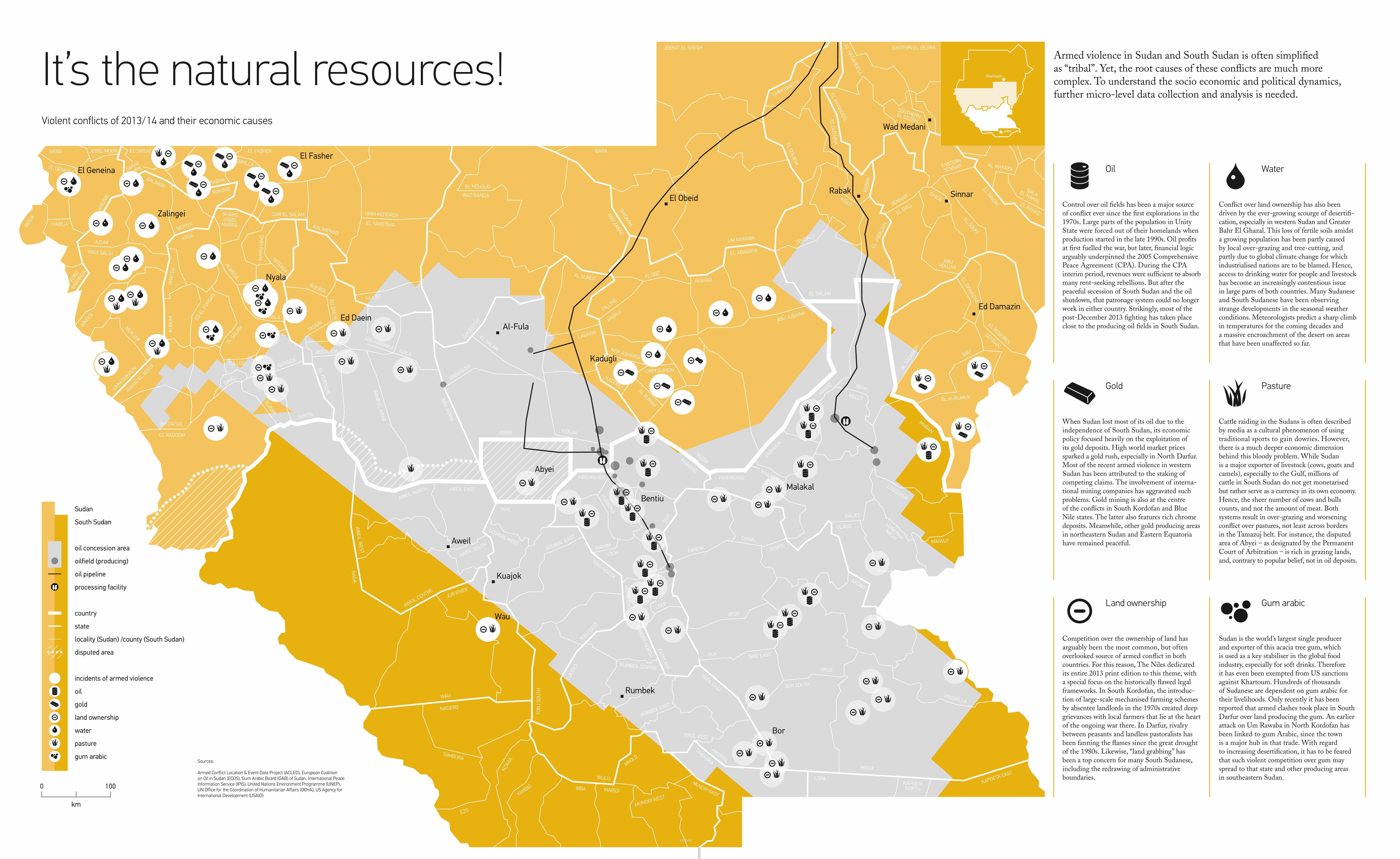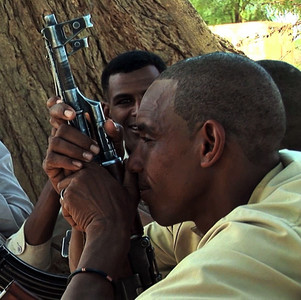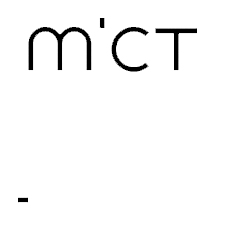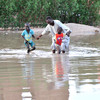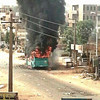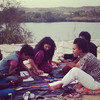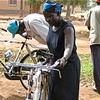It’s the natural resources!
Armed violence in Sudan and South Sudan is often simplified as “tribal”. Yet, the root causes of these conflicts are much more complex. To understand the socio economic and political dynamics, further micro-level data collection and analysis is needed:
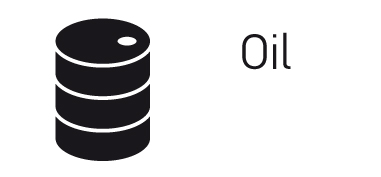
Control over oil fields has been a major source of conflict ever since the first explorations in the 1970s. Large parts of the population in Unity State were forced out of their homelands when production started in the late 1990s. Oil profits at first fuelled the war, but later, financial logic arguably underpinned the 2005 Comprehensive Peace Agreement (CPA). During the CPA interim period, revenues were sufficient to absorb many rent-seeking rebellions. But after the peaceful secession of South Sudan and the oil shutdown, that patronage system could no longer work in either country. Strikingly, most of the post-December 2013 fighting has taken place close to the producing oil fields in South Sudan.
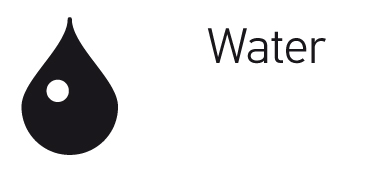
Conflict over land ownership has also been driven by the ever-growing scourge of desertification, especially in western Sudan and Greater Bahr El Ghazal. This loss of fertile soils amidst a growing population has been partly caused by local over-grazing and tree-cutting, and partly due to global climate change for which industrialised nations are to be blamed. Hence, access to drinking water for people and livestock has become an increasingly contentious issue in large parts of both countries. Many Sudanese and South Sudanese have been observing strange developments in the seasonal weather conditions. Meteorologists predict a sharp climb in temperatures for the coming decades and a massive encroachment of the desert on areas that have been unaffected so far.

When Sudan lost most of its oil due to the independence of South Sudan, its economic policy focused heavily on the exploitation of its gold deposits. High world market prices sparked a gold rush, especially in North Darfur. Most of the recent armed violence in western Sudan has been attributed to the staking of competing claims. The involvement of international mining companies has aggravated such problems. Gold mining is also at the centre of the conflicts in South Kordofan and Blue Nile states. The latter also features rich chrome deposits. Meanwhile, other gold producing areas in northeastern Sudan and Eastern Equatoria have remained peaceful.
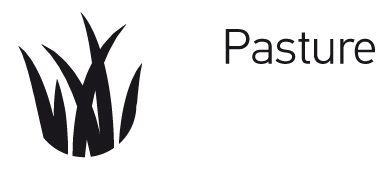
Cattle raiding in the Sudans is often described by media as a cultural phenomenon of using traditional sports to gain dowries. However, there is a much deeper economic dimension behind this bloody problem. While Sudan is a major exporter of livestock (cows, goats and camels), especially to the Gulf, millions of cattle in South Sudan do not get monetarised but rather serve as a currency in its own economy. Hence, the sheer number of cows and bulls counts, and not the amount of meat. Both systems result in over-grazing and worsening conflict over pastures, not least across borders in the Tamazuj belt. For instance, the disputed area of Abyei – as designated by the Permanent Court of Arbitration – is rich in grazing lands, and, contrary to popular belief, not in oil deposits.
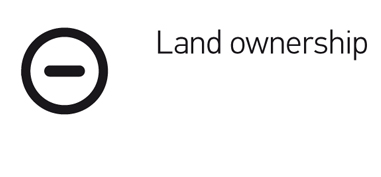
Competition over the ownership of land has arguably been the most common, but often overlooked source of armed conflict in both countries. For this reason, The Niles dedicated its entire 2013 print edition to this theme, with a special focus on the historically flawed legal frameworks. In South Kordofan, the introduction of large-scale mechanised farming schemes by absentee landlords in the 1970s created deep grievances with local farmers that lie at the heart of the ongoing war there. In Darfur, rivalry between peasants and landless pastoralists has been fanning the flames since the great drought of the 1980s. Likewise, “land grabbing” has been a top concern for many South Sudanese, including the redrawing of administrative boundaries.
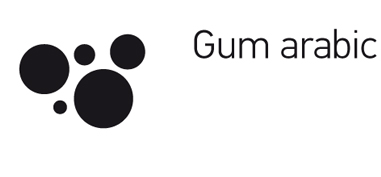
Sudan is the world’s largest single producer and exporter of this acacia tree gum, which is used as a key stabiliser in the global food industry, especially for soft drinks. Therefore it has even been exempted from US sanctions against Khartoum. Hundreds of thousands of Sudanese are dependent on gum arabic for their livelihoods. Only recently it has been reported that armed clashes took place in South Darfur over land producing the gum. An earlier attack on Um Rawaba in North Kordofan has been linked to gum Arabic, since the town is a major hub in that trade. With regard to increasing desertification, it has to be feared that such violent competition over gum may spread to that state and other producing areas in southeastern Sudan.
